The art of weather forecasting – from high tech to ants
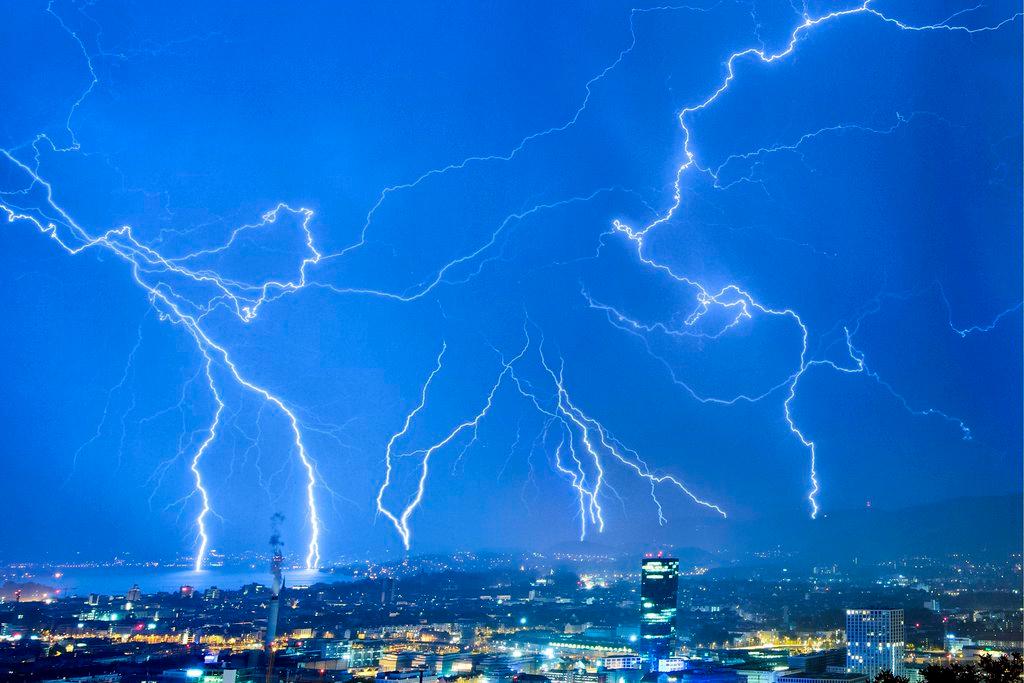
Where once people relied on local folklore and observation, Swiss meteorologists now use satellites and supercomputers to analyse and predict the weather in what is a highly globalised science.
Just how this change has come about and why we can never know too much in advance what the weather will do is the subject of the exhibition “The Weather, Sunshine, Lightening and Cloudbursts”,External link currently running at the National Museum ZurichExternal link.
2016 saw the driest December in 150 years, with some parts of the country experiencing no precipitation and forest fires in Ticino and Graubünden. But January brought a cold snap and long awaited snow.
The weather remains unpredictable, yet our thirst for knowledge about it remains unquenched. Around one million people tune in for Swiss public television’s daily weather forecast. A weather appExternal link has been among in the top ten most downloaded apps for Switzerland.
“I think many people are not aware about how much technology and science is behind the weather forecast they use every day,” Peter Binder, the director general of the Federal Office of Meteorology and Climatology MeteoSwissExternal link, which helped set up the exhibition.
We are standing in a room at the exhibition showing satellite images, precipitation radars and forecast models which help explain the current and coming weather conditions. To make accurate forecasts weather scientists rely on atmospheric movements on a global scale, using both data from Switzerland and abroad, amounting to more than ten million data sets a day.
Tendency
This technology allows for quite detailed forecasts, says Binder. But meteorologists cannot predict everything.
“I think people would sometimes like to know what the weather will be like the weekend after next and to have details about the weather forecast in ten days’ time, but this is quite impossible,” he told swissinfo.ch. “You can give a tendency about how the weather situation could be at that time but not the details for a specific place.”
Meteorology is a very international, collaborative discipline, he said. “In some topics we are really at the leading edge in Switzerland like numerical weather prediction and also weather radar technology and science,” he said.
And this in a country in which the conditions – craggy, fragmented, with many mountains and valleys – can make it harder to make forecasts.
Weather ‘frogs’
But weather is not just about science. It forms part of small talk and is an essential part of folklore (“red sky at night, shepherd’s delight”).
Some traditional weather forecasters retain an enormous popularity today, such as the weather prophets from the MuotathalExternal link in central Switzerland.
“They make a forecast for summer and winter and are also highly entertaining, appearing on radio and television. Everyone knows them,” explained Jürg Burlet, the exhibition’s curator. “They are a group of around half a dozen mountain farmers who make predictions based on phenomena like how ants behave or how the sawdust smells if you cut down a tree.”
“It certainly has a lot to do with experience and observations of the weather. Farmers have to be good observers of the weather or else the harvest perishes.”

More
Predicting the weather using ants
Is there any truth in what these local weathermen have to say? Binder considers for a moment. “For the local rules of weather they can be quite reliable, but only in the local and short-term. Longer term forecasts – what they would really like to have – are more or less impossible,” he said.
Early observers
The Swiss were recording the weather quite early on, as the weather diaries from Lucerne scholar Renward Cysat (1545-1614) and the Einsiedeln monk Father Joseph Dietrich (1645-1704) attest.
They wrote down what they saw, often several times a day, and linked the weather to the effect it had on the people and environment around them. Father Dietrich writes in August 1675 that it had snowed several times with very little sunshine. Overall, the summer had been wet and cold. This meant low farming yields and hardship for the people.
Later, the work became more scientific. Basel meteorologist Albert Riggenbach (1854-1921) was one of the first men in the world to take pictures of clouds to gain more precise images – before that, descriptions had been made in words and drawings, leading to misunderstandings. Riggenbach was the co-editor of the first International Cloud Atlas of 1896, which determined cloud classification.
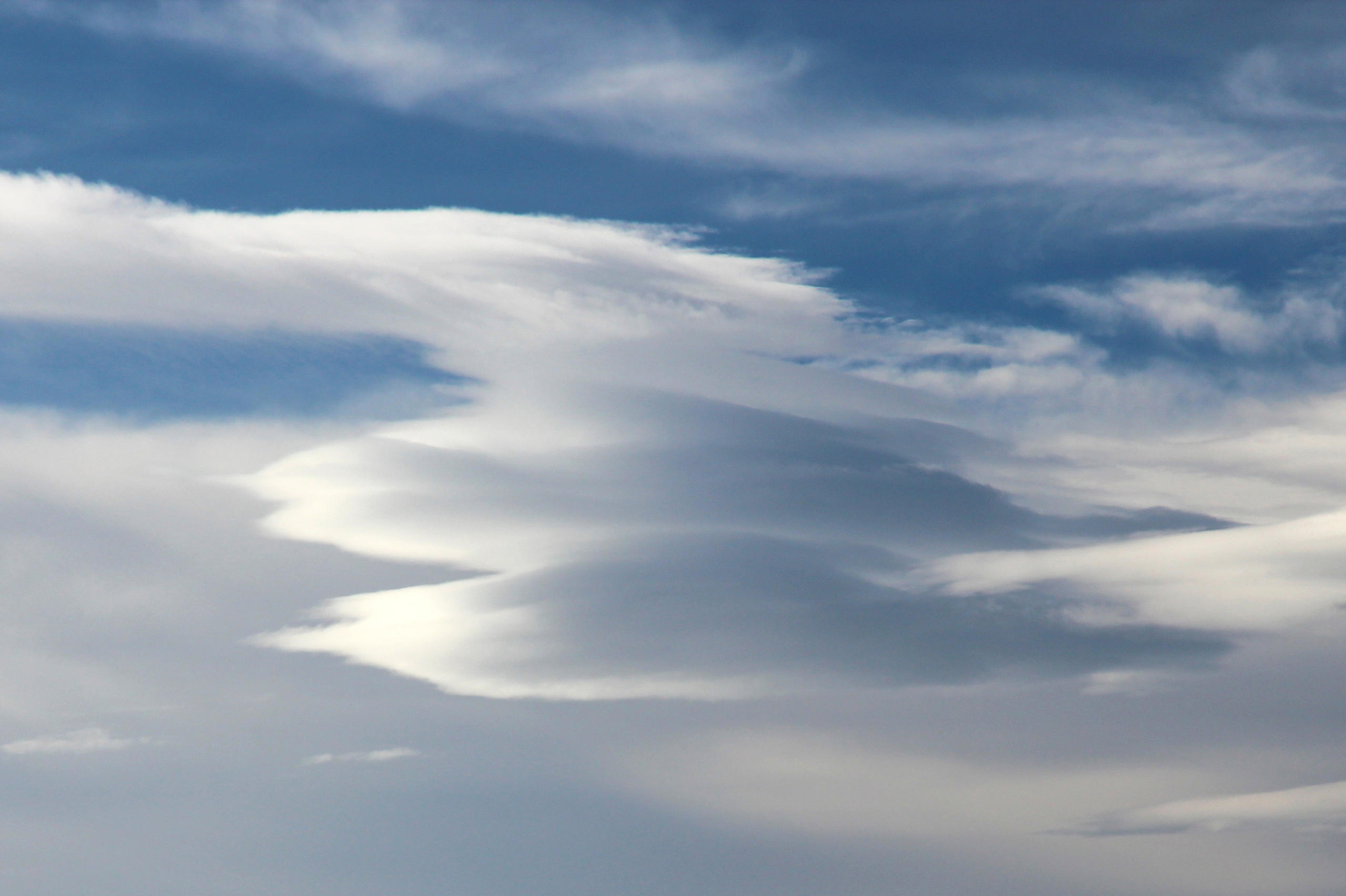
More
The weather goes on show
Historical weather observations, especially those over the past 150 years, are invaluable to the work of present day climatologists, such as MeteoSwiss’s Stephan Bader, whose job is to analyse how the weather has developed rather than to forecast it.
“We work with these observations and using them as a basis we can prove that climate change is taking place. People then were not interested in forecasts but in what they saw. This is a foundation for making a long-term climate history. The people then didn’t know what a gift they were giving to us with these measurements,” Bader said.
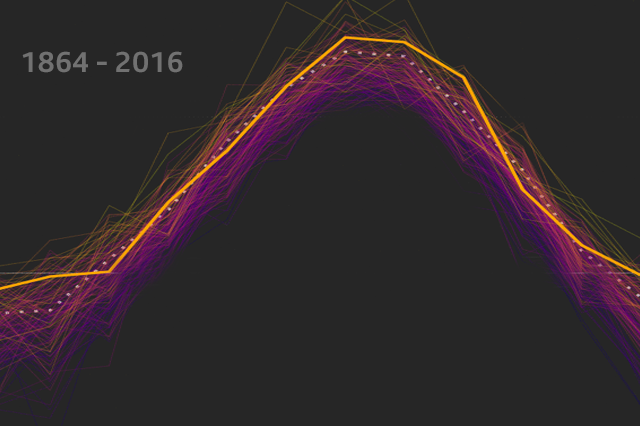
More
How hot was it in 2016?
Change
One of the changes is that temperature has increased. “We can prove that we are living in another climate situation than 30-40 years ago,” Bader said.
For example, dryness has increased in summer and there are more hot spells, like the hot summers of 2015 and 2003, he said. In terms of drought – Switzerland has said that it was planning to add droughts to its list of natural hazards – summer is still much more marked by dry periods than winter, Bader added.
As for the future, current climate scenarios indicate that the temperature could rise between 1.5 and 5 degrees Celsius by the end of the 21st century in Switzerland, depending on future global greenhouse gas emissions, according to MeteoSwiss. A substantial decrease in precipitation in summer is to be expected from the mid 21st century onwards.
With these changes our need for a weather forecast will remain as acute as ever, whether it be from the latest data or through ants.
The exhibition
“The Weather. Sunshine, Lightning and Cloudbursts” opened on January 12, 2017 and runs to May 21, 2017 at the National Museum Zurich.
It has been created in partnership with the Federal Office of Meteorology and Climatology MeteoSwiss.
The exhibition is interactive; visitors can experience all types of weather through a video screen, can visit a small-scale meteorological lab and create their own short-term forecasts and brew their own storm in a cloud box. MeteoSwiss experts are there every Sunday to provide expert information on the weather.

In compliance with the JTI standards
More: SWI swissinfo.ch certified by the Journalism Trust Initiative

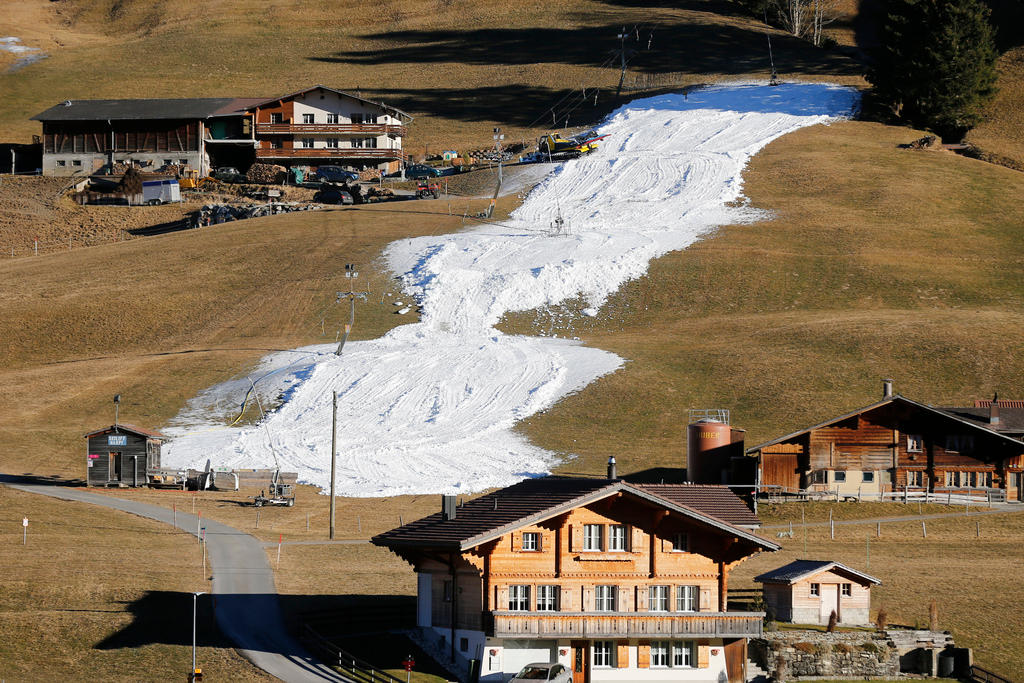
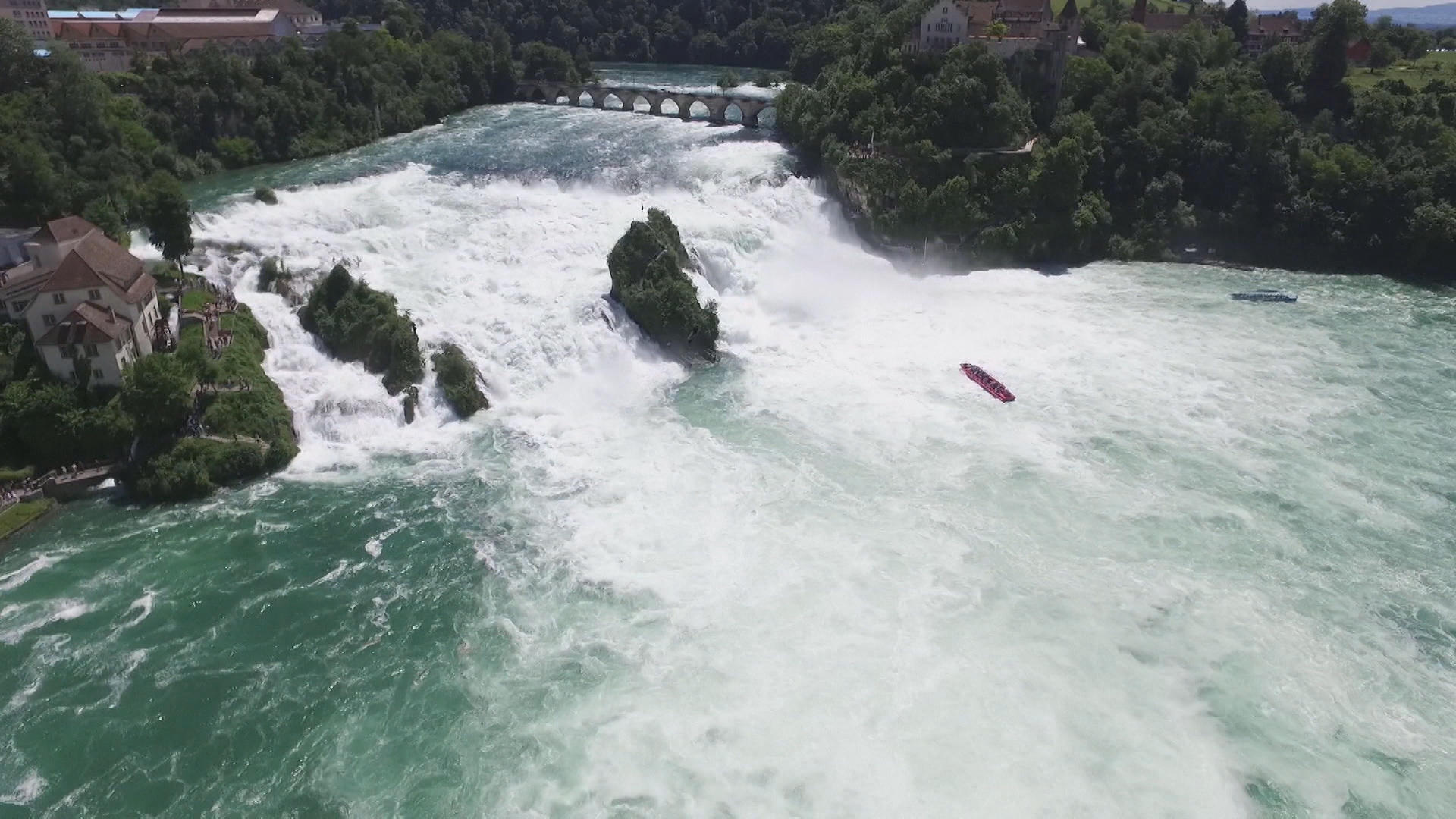
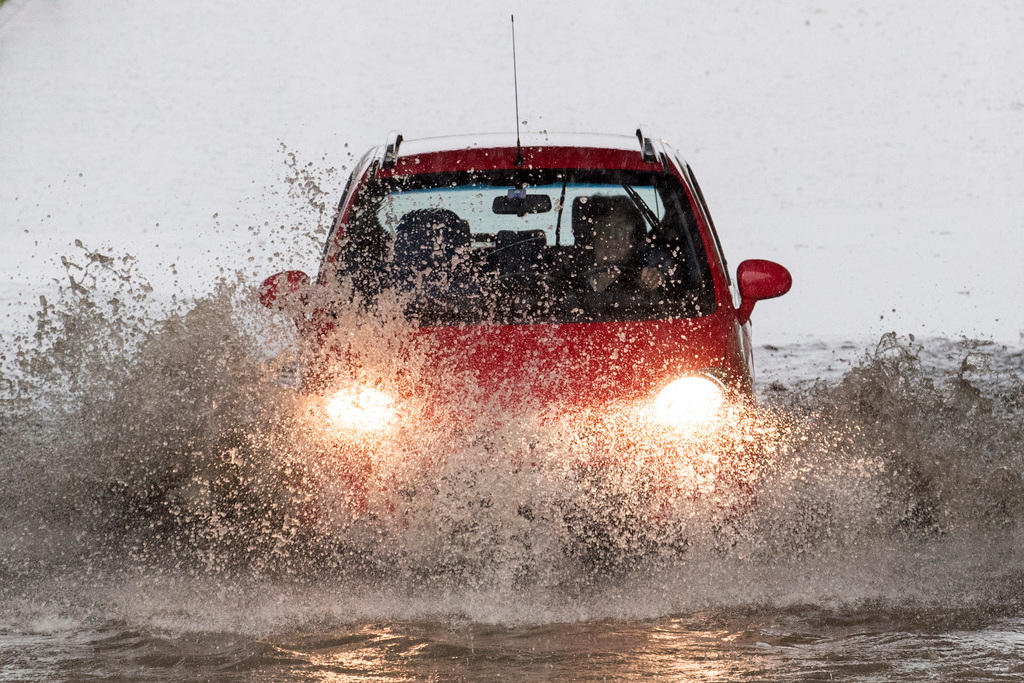
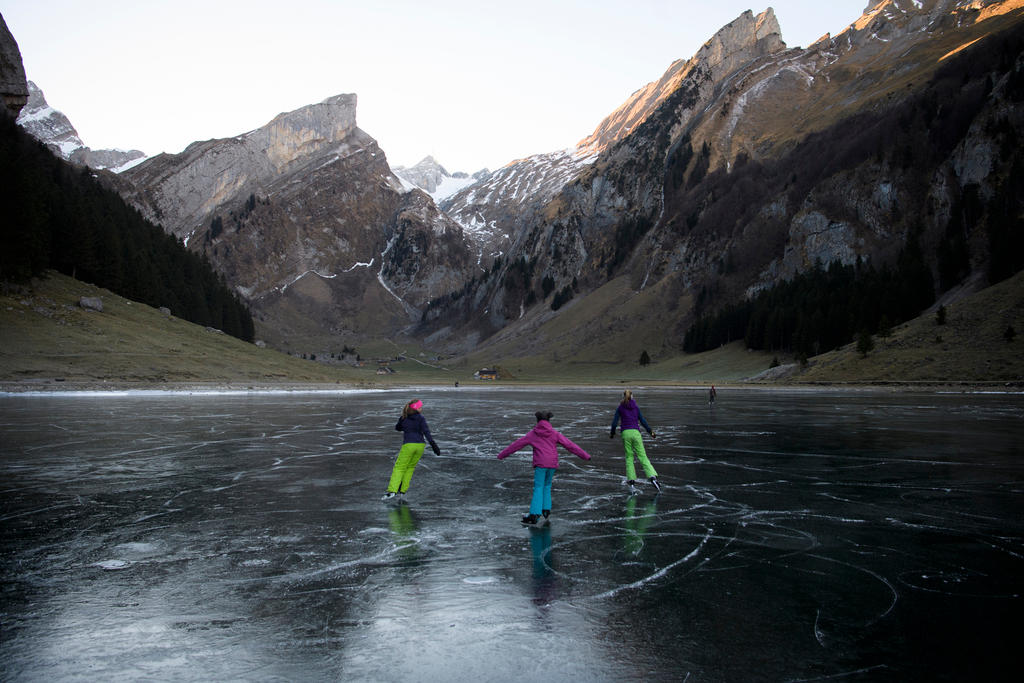
You can find an overview of ongoing debates with our journalists here. Please join us!
If you want to start a conversation about a topic raised in this article or want to report factual errors, email us at english@swissinfo.ch.